TWO CITIES, TWO COUNTRIES, TWO COBBLESTONE MONUMENTS

Oudenarde and Roubaix. Two cities close to each other. The finish destinations of two monuments taking place on two consecutive Sundays. "Tour of Flanders" and "Paris–Roubaix ". Spring classics – two helpings of pavé in two neighbouring countries.
What do the French Roubaix and Belgian Oudenaarde have in common, except that each city lies on one side of the Belgian-French border and the two are less than 50 kilometers apart?
Both places get into the viewfinder of cycling fans from all over Europe and beyond every year at the beginning of April. They are the finish destinations of two famous spring classic races, known as monuments. In Oudenaarde, the first to the finish line becomes the winner od De Ronde Van Vlaanderen or Tour of Flanders. A week later the heroes of the 260 km race from Paris to Roubaix fight for victory in a sprint in the – now iconic – local velodrome.
The monuments are a select group of five one-day races. The season starts with Milan–San Remo or La Primavera, a race whose tradition goes back to 1907. It is followed a couple of weeks later by De Ronde Van Vlaanderen and Paris–Roubaix. The fourth monument is Liège–Bastogne–Liège, also called La Doyenne (The Oldest) having been started as early as 1892. The last of the monuments, Giro di Lombardia, rounds off the season in the autumn, hence its alternative title La classica delle foglie morte (Race of Falling Leaves). So far, only three cyclists have won all five of them – Rik Van Looy, Eddy Merckx and Roger De Vlaeminck. All Belgians. A coincidence?
De Ronde Van Vlaanderen
Also known as the Vlaanderens mooiste (Flemish Finest) was started in 1913 by Léon van den Haute, co-founder of the Belgian sports newspaper Sportwereld. Starting in Ghent and finishing in Mariakerke, the fastest man on the 330 km route was the Belgian Paul Deman, later spy and war hero and also winner of Paris–Roubaix in 1920. Since 2017, the race starts in Antwerp and finishes in Oudenaarde, the home of the race’s museum.
Paris–Roubaix
– l'Enfer du Nord (Hell of the North) was first run in 1896 to celebrate the opening of a new velodrome in Roubaix. The founders were two local businessman, Théodore Vienna and Maurice Perez. The 280 km race was won by the German Josef Fischer. In 1968, the start of the race was moved to the town of Compiègne about 60 km northeast of the centre of the French capital and rerouted so that the total distance to the velodrome in Roubaix remained the same.
Only six riders in history managed to win the Ronde three times. One of them, Johan Museeuw, also won Roubaix three times, as did Fabian Cancellara. In addition to his three victories at the Ronde, Tom Boonen has won four times in Roubaix. He and Cancellara managed to win both races twice in one year. Roger De Vlaeminck who rejoiced four times at the Roubaix stadium was "only" able to win the Flanders race twice. In 1977 he won both. Another rider of the three who managed to win all the monuments, Rick Van Loy, won Flanders twice and Roubaix three times. He managed a double in 1962. The most successful race cyclist in history, Eddy Merckx, succeeded twice in Flanders and three times in Roubaix but never in the same year.

Tomeke (Tom Boonen), the Belgian hero of the recent past. You can catch a breath once you reach his portrait after conquering the Paterberg.
In 1969, Eddie Merckx won the Ronde 5 minutes and 36 seconds ahead of Felice Gimondi. In 1970 he reached Roubaix 5 minutes 21 seconds faster than his great rival Roger De Vlaeminck.

You will reach this record of the Canibal's first victory of the Ronde on the eponymous street – Ronde van Vlaanderenstraat.
The highest average speed achieved by the winner of Paris – Roubaix was Greg Van Avermaet’s 45.2 km/h recorded in 2017. The fastest Ronde took place in 2001 when Gianluca Bortolami won recording an average speed of 43.6 km/h.
Roubaix’s longest 'escape' dates back to 1988 when a group of thirteen riders broke away with 222 km to go, producing the eventual winner Dirk Demol.
Czech-Slovak impressions
The year is 1994. Rain turns into sleet. Luboš Lom takes advantage of the situation and attacks. The instructions from his DS are clear: "Break away and stick at it for as long as you can." He builds up a 14 minute lead over the peloton by the time he hits the first cobbled section in Troisvilles. His solo comes to an end after the long 135 km. That’s many hours of precious TV time.
Zdenek Štybar‘s 2013 debut at Roubaix was marred by a collision with a reckless fan. Still, he managed to finish sixth. His impressive tally of six top ten positions includes two runner-up places. His best at the Ronde was eighth place in 2016.
Peter Sagan won the Tour of Flanders in 2016 and Paris–Roubaix in 2018.

The Roubaix velodrome in 2017. The atmosphere is incredible, especially if you have a favourite in the race. Unfortunately, Zdeněk Štybar came a close second to Greg Van Avermaet...
Not all cobbles are the same
The cobbled roads of Flanders are very much like the cobbled streets you know from European towns and cities. The twist is in the gradient as these cobbled sections often lead up short but very steep hills. After all, most of the legendary cobbled climbs have the word berg (hill) in the name: Taaienberg, Koppenberg, Paterberg, Molenberg…
The pavé sections of Paris–Roubaix, about 55 km in total, are mostly flat but longer and composed of much rougher stones. Advice from those who have raced there is straight – go as fast as you can over them. If you ever get a chance to have a go yourself, you will learn it is easier said than done. Segments such as Trouée d'Arenberg, Mons-en-Pévèle or Carrefour de l'Arbre will give your arms, not to mention other parts of your body, a proper shake.
The cobbled sections of the French race are lovingly maintained by Les Amis de Paris–Roubaix, a group of enthusiasts started by one Jean-Claude Vallaeys in 1983.
The Tour of Flanders was interrupted only by the First World War (1915–1918). Paris–Roubaix was worse off. On top of editions missed during the First World War, the race didn’t take place between 1940 and 1942 during the Nazi occupation and in 2020 due to the Covid-19 pandemic.
Covid will affect both races event his year. No spectators will be allowed on the side of the track as part of anti-epidemic measures. At the time of writing this, de Ronde van Vlaanderen is confirmed to take place on April 4, while Paris–Roubaix is still hanging in the balance due to the deteriorating epidemiological situation in the north-east of the country.

A tip for better times
If you ever get a chance, go to see the spring classics. Take at least a week off to be able to attend both races and have a go at the cobblestones yourself like we did in 2017. If you arrive in Oudenaarde on the Saturday before the Ronde, you will have time to relax, taste some frites and enjoy the build-up to the race. On Sunday you can either watch the final part of the race in the city or go to one of the nearby bergs. During the following week you can test your resilience on the cobblestone sections of the Ronde and the pavés of Paris–Roubaix and pick the best place to watch the race from.
Short movie taken by Robbrecht Desmel and his team.
text and photo: Jan Krofta


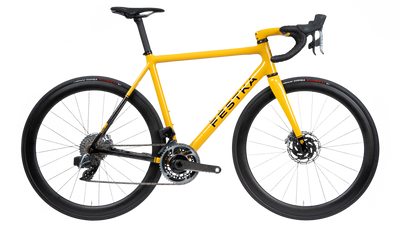
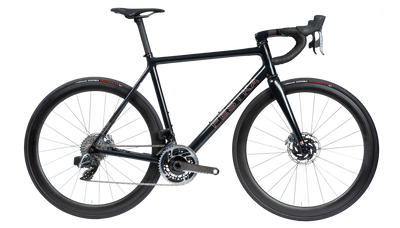
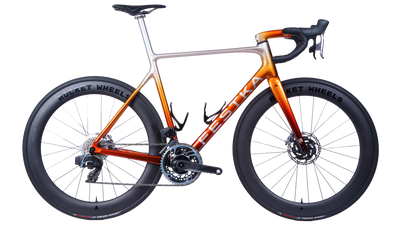
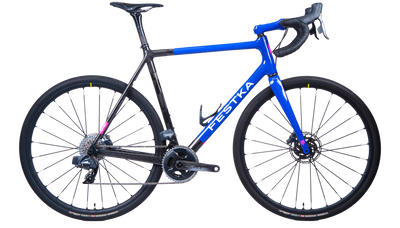
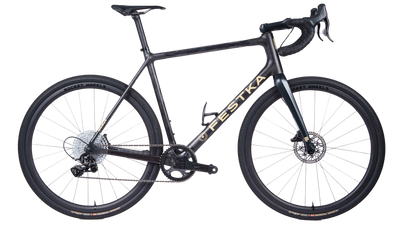



Leave a comment